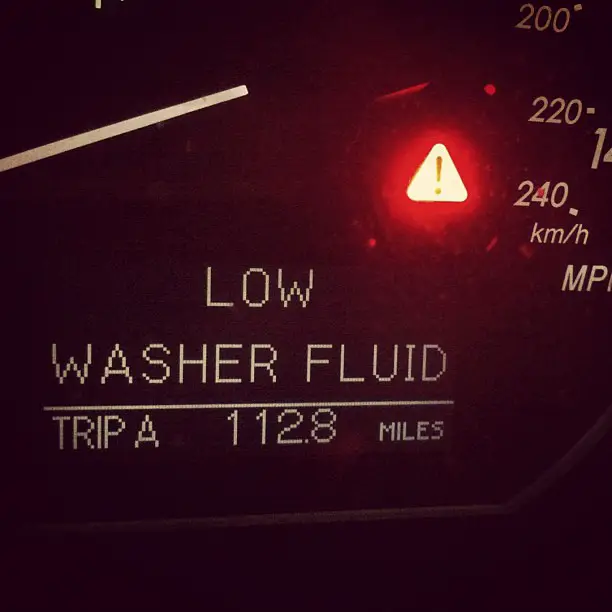
Owning a smart car comes with the convenience of advanced technology and superior fuel efficiency.
However, ensuring that your vehicle remains reliable and efficient requires proper maintenance.
In this guide, we’ll explain everything you need to know about smart car maintenance, including schedules, costs, and practical tips to keep your vehicle running smoothly.
Let’s dive in
Contents
Why Smart Car Maintenance Matters
Smart car maintenance isn’t just about prolonging the life of your vehicle; it also:
- Enhances fuel efficiency, saving you money at the pump.
- Reduces the risk of unexpected breakdowns.
- Improves overall driving safety.
- Helps retain your car’s resale value.
Smart cars, equipped with modern features like service interval displays, make staying on top of maintenance easier than ever.
However, understanding what needs to be done and when is key

Smart Car Maintenance Schedule
Every smart car model may have specific maintenance requirements, but here’s a general schedule to guide you:
| Interval | Service |
|---|---|
| Every 5,000 miles | Oil change, tire pressure check, brake check |
| Every 10,000 miles | Tire rotation, air filter replacement |
| Every 20,000 miles | Cabin air filter replacement, battery check |
| Every 40,000 miles | Spark plug replacement, coolant flush |
Tip: Always consult your car’s owner’s manual for manufacturer-specific recommendations.

Common Maintenance Costs
Wondering how much maintaining a smart car will cost? Here’s an approximate breakdown:
| Service | Average Cost |
| Oil change | $50 – $100 |
| Tire rotation | $20 – $50 |
| Brake pad replacement | $150 – $300 per axle |
| Spark plug replacement | $100 – $200 |
| Coolant flush | $100 – $150 |
Pro Tip: To save on costs, compare prices from local mechanics and dealerships, and consider handling simple tasks like checking tire pressure yourself.

How to Reset the Smart Car Maintenance Light
Resetting your smart car’s maintenance light is a straightforward process. Here’s how to do it for most models:
- Turn the ignition to position 1 (do not start the engine).
- Scroll to the maintenance screen using the steering wheel buttons.
- Hold the reset button until the display resets.
- Turn off the ignition and restart the car to confirm.
Troubleshooting Tip: If the light doesn’t reset, consult your owner’s manual or visit a trusted mechanic

Understanding Service Interval Displays
Many smart cars come equipped with service interval displays, which alert you when maintenance is due. Here’s what you need to know:
Actionable Advice: Don’t ignore the alerts. Schedule services promptly to maintain your car’s performance.
What it Tracks: Mileage, time since the last service, and specific components needing attention.
Benefits: Helps you stay on top of routine maintenance, reducing the risk of costly repairs.
Practical Tips for Smart Car Maintenance
- Check Tire Pressure Regularly: Properly inflated tires improve fuel efficiency and extend tire life.
Use a tire gauge to ensure the pressure matches the manufacturer’s recommendation (usually found in the owner’s manual or driver’s side door). - Use the Right Motor Oil: Smart cars require specific types of oil.
Check your manual for the recommended grade and ensure oil changes are done on schedule. - Keep the Battery Healthy: Avoid letting your car sit unused for extended periods.
If you’re not driving regularly, use a trickle charger to maintain the battery. - Inspect Belts and Hoses: Look for signs of wear, such as cracks or fraying, and replace them as needed to prevent breakdowns.
- Wash Your Car Frequently: Dirt and grime can damage the paint and lead to rust. Regular washing protects your car’s exterior.
Conclusion
Smart car maintenance doesn’t have to be overwhelming. With the right schedule, tools, and knowledge, you can keep your vehicle in excellent condition while saving money and avoiding unnecessary repairs.
Start small—check your tire pressure or replace an air filter today—and build a routine that works for you.
Bookmark this guide and refer to it whenever you need practical advice. Your smart car will always respect this call.
FAQs
1. How often should I service my smart car?
Model-specific service intervals vary, but a general guideline is every 5,000 to 10,000 miles.
2. Can I perform smart car maintenance myself?
Yes, tasks like checking tire pressure, replacing air filters, and resetting the maintenance light can be done at home. For complex services, consult a professional.
3. What happens if I skip routine maintenance?
Neglecting maintenance can lead to reduced fuel efficiency, higher repair costs, and potential safety issues.




Leave a Reply